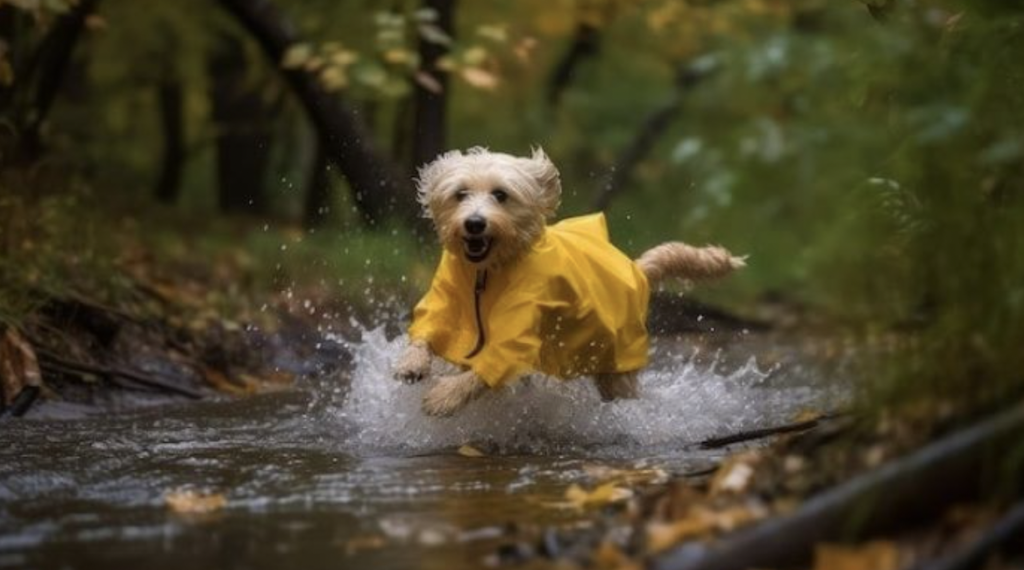Pet Hurricane Preparedness
Tuscawilla Animal hospital

Hurricane Preparedness: How to Keep Pets Safe
Hurricane season can be stressful for everyone, but it’s especially important to prepare for the safety of your pets. Dogs and cats rely on us to protect them during emergencies, so taking the time to plan for their needs is crucial. In this blog post, we’ll cover everything you need to know about hurricane preparedness for pet owners. From creating a pet emergency kit to identifying pet-friendly shelters, this guide will help you ensure your furry family members stay safe.
Create a Pet Emergency Kit
One of the most important things you can do before a hurricane hits is to assemble a pet emergency kit. This kit should include all the essentials your dog or cat will need if you have to evacuate or stay sheltered for an extended period. Here’s what to include:
Identification: Make sure your pet’s ID tags and microchip information are up-to-date with your current contact information. Ensure that your contact information is up-to-date in the microchip registry. Make sure your pets are wearing their Rabies tag, as this contains their unique identification number as well as our clinic’s phone number; this can allow your pets to be identified in the event that they go missing.
Food and Water: Pack enough pet food and water to last at least 5-7 days. Don’t forget bowls and a can opener if your pet eats canned food.
Medications: If your pet takes any medications, make sure you have enough to last at least a week.
Leash, Collar, and Carrier: A secure leash, collar, harness, or carrier is essential for keeping your dog safe during transport.
Comfort Items: Pack a favorite toy, blanket, or bed to help reduce stress and anxiety.
Waste Supplies: Have poop bags available for pets, and keep enough litter for at least a week for cats. It is always a great idea to have pee-pads available for your pets to go to the bathroom in the scenario that there are dangerous winds or flooding. Another solution is to place sod inside of a kiddie pool to ensure that your dogs have a safe space to urinate and defecate.

Know of Pet-Friendly Hotels
If you need to evacuate, it’s essential to know where you can safely bring your pet. Not all hotels allow pets, so research your options ahead of time. Many counties have designated pet-friendly shelters, and some hotels also relax their pet policies during emergencies. Be sure to:
- Have a list of nearby pet-friendly shelters and hotels.
- Call ahead if possible to confirm availability and pet policies.
- Consider reaching out to family or friends outside the storm zone who may be able to help you shelter with your pets.

Have a Plan for Safe Transportation
In the event of an evacuation, transporting your pet safely is key. Here’s what to consider:
- Use a Carrier: Cats should always be transported in a secure carrier. It’s also a good idea to use a crate or harness for dogs to prevent them from escaping in a stressful situation.
- Keep Them Calm: If your pet gets anxious in the car, you may want to have calming medications prescribed.
- Stay Leashed: Even if your dog is well-behaved, hurricanes can cause panic and confusion. Always keep them leashed during an evacuation to prevent them from running away.
Prepare for Power Outages and Indoor Safety
Even if you don’t need to evacuate, hurricanes often lead to extended power outages and other challenges. Ensure your home is safe for your pets during a storm by taking the following steps:
- Secure Loose Objects: Strong winds can cause flying debris, so bring outdoor items inside that could be dangerous.
- Keep Pets Indoors: Never leave your pets outside during a hurricane. Keep them in a safe, enclosed space to protect them from broken glass or other hazards.
- Stock Up on Pet Supplies: Ensure you have enough food, water, and medications to last your pet several days in case of delays in accessing stores after the storm.

After the Hurricane: Post-Storm Safety
Once the storm has passed, it’s important to remain cautious. Here’s what to do to keep your pets safe after the hurricane:
Update Vet Records: If you had to evacuate, contact your veterinarian to update your pet’s records, especially if they received emergency care during the storm.
Inspect the Area: Check for fallen debris, broken glass, or downed power lines before allowing your pets outside.
Monitor Behavior: Hurricanes can be traumatic for pets. Watch for signs of anxiety or stress and give your pet extra care and comfort.
Conclusion
Hurricanes are unpredictable, but with proper preparation, you can help keep your pets safe and secure. Make sure you have a plan in place, complete with a pet emergency kit, updated identification, and a safe shelter. By taking these steps, you’ll be ready to protect your furry family members when a storm comes.
